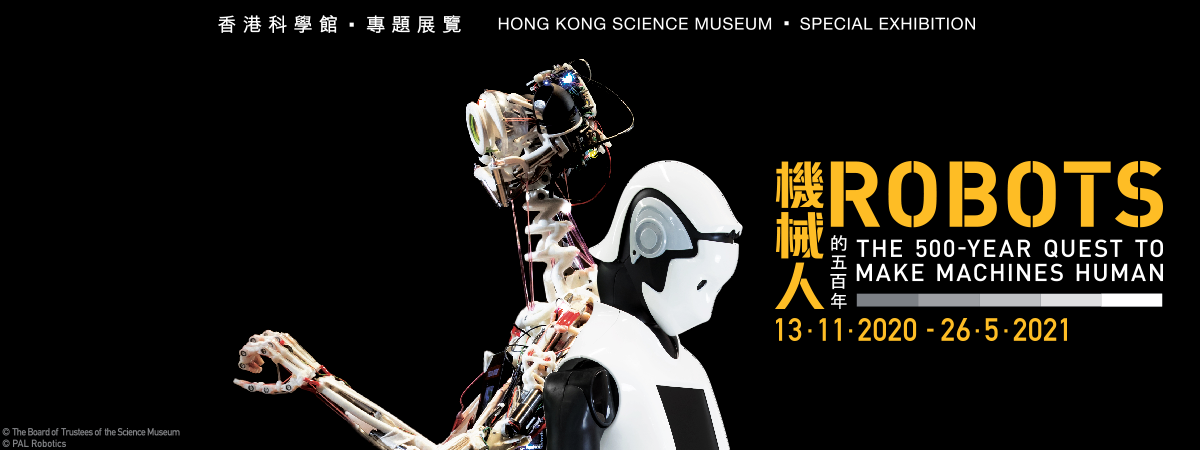Introduction
Since the 16th century, people have gradually invented marvelous automatons following the anatomy of the human body. During the Industrial Revolution, people began to use machines to replace human hands to perform repeated actions, which laid the foundation for developing robots. With advances in science and technology, robots that imitate human actions have been developed over the centuries. In addition to being used in industrial production, they have played an important role in science fiction. In recent years, robots have become more human. They can walk on two legs, jump, and even do a somersault. They can express emotions with facial expressions and look around with eye cameras to capture their surrounding environment. The latest development involves using artificial intelligence with robots, allowing them to think, react and learn like humans.
The “Robots” exhibition explores the 500-year story of humanoid robots and the artistic and scientific quest to understand what it means to be human. Set in five different periods, the exhibition uncovers how robots and society have been shaped by our understanding of the universe, the Industrial Revolution, 20th century popular culture, and our dreams of the future. This intriguing exhibition features a unique collection of over 100 robots, from the earliest automatons to robots from science fiction and modern-day research labs. Through this incredible journey, visitors can see the latest humanoid robots in action and explore how, and more importantly why engineers are building robots that resemble us and interact in human-like ways.
Presented by the Leisure and Cultural Services Department
Organised by the Hong Kong Science Museum
An exhibition by the Science Museum in London

